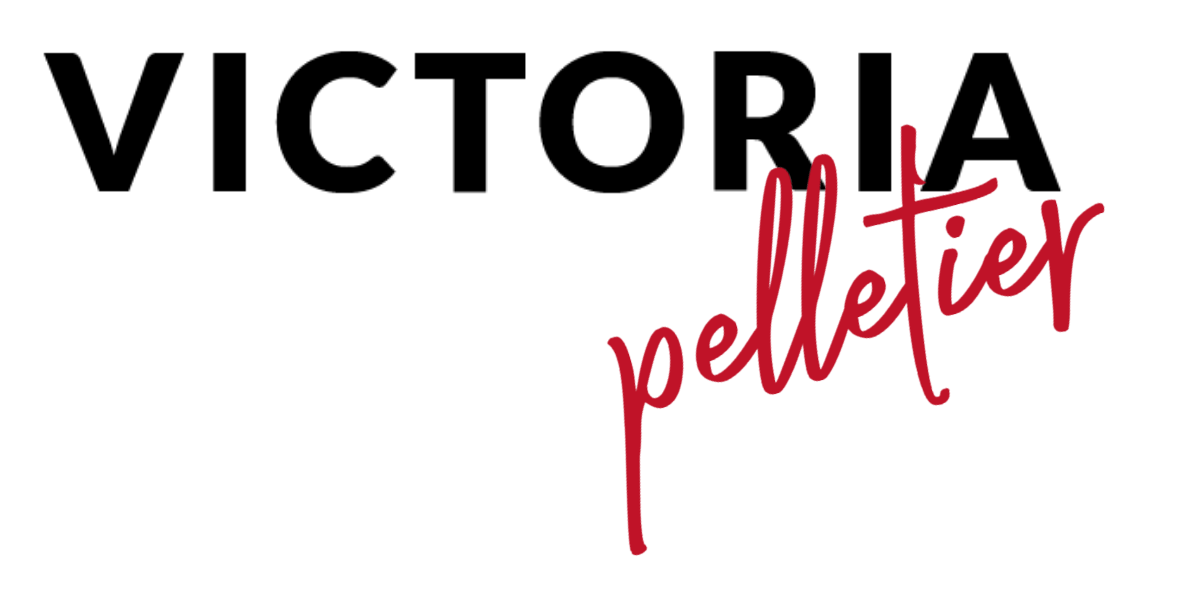
Some of my opinions make me unpopular with certain people. I like to consistently challenge the status quo and I strive to do what is “right” but that is not always easy nor the most popular. Let’s take Diversity and Inclusion….I spend a significant amount of time talking and leading from the front around Diversity and Inclusion (D&I). In fact, at present, the majority of my public speaking is on this topic and specifically, around advancing women into leadership. I don’t typically have my messaging challenged around intentionality and the accountability required to drive diverse and inclusive cultures and workplaces, but where the dissension comes is when I object to the existence of glass ceilings or when I challenge that intentionality does NOT mean quotas over merit.
Let’s talk about intentionality…this means many things in the world of D&I: measuring and reporting the current baseline of diversity in an organization, setting targets to improve consistently until we no longer NEED to have this conversation and we just ARE a culture that is diverse and inclusive. Intentionality means that we START the hiring process with a diverse slate of qualified candidates – and by qualified, I mean that we bring to the table diverse individuals who meet a minimum acceptable number of the criterion for which we are hiring for. It means that as leaders, we hire diverse colleagues, who may only meet 7 or 8 of the 10 skills or attributes we seek and train and coach to the others versus holding out for a 9 or 10 out of 10 from the homogenous existing population within the organization. But too many leaders think that intentionality simply means achieving quotas without consideration for merit and performance. With Intentional Inclusion we can have BOTH – Diversity AND Performance – we don’t need to choose one over the other.
Intentionality in D&I and in Leadership requires effort up front; choosing to hire a candidate with 7 of 10 skills means an investment of time and effort upfront, but its payback has HUGE multiples, not only in the diversity of thought and experience, but innovation and creativity, increased employee engagement and overall business performance. Instead, what I am seeing too often is Leaders who push forward candidates who either do NOT meet the minimum requirements or are not investing in those employees with a skill gap, all in an effort to meet a quota or target.
Over the years, I have sat around the executive table on the topic of talent and succession and several of the names put forward invariably are not yet qualified to be promoted into more senior roles with the rationale that we HAVE to have 25 – 50% of the slate meeting our D&I objectives. As leaders, we owe it to our colleagues to set them up for success – to promote them when they are ready and to coach others for the skill gap. We risk losing excellent employees as we progress them too quickly to meet a quota and we risk their potential failure and for some, this will put them back years as they work to regain their confidence and overcome the fear of applying again without being one of the 9 or 10 out of 10 candidates.
So I encourage all of you to be intentional….Intentional Inclusion comes with great benefit, but this choice necessitates thoughtful leadership, candid conversations and an investment of your time, your knowledge and experience and your commitment to your colleague’s success.



